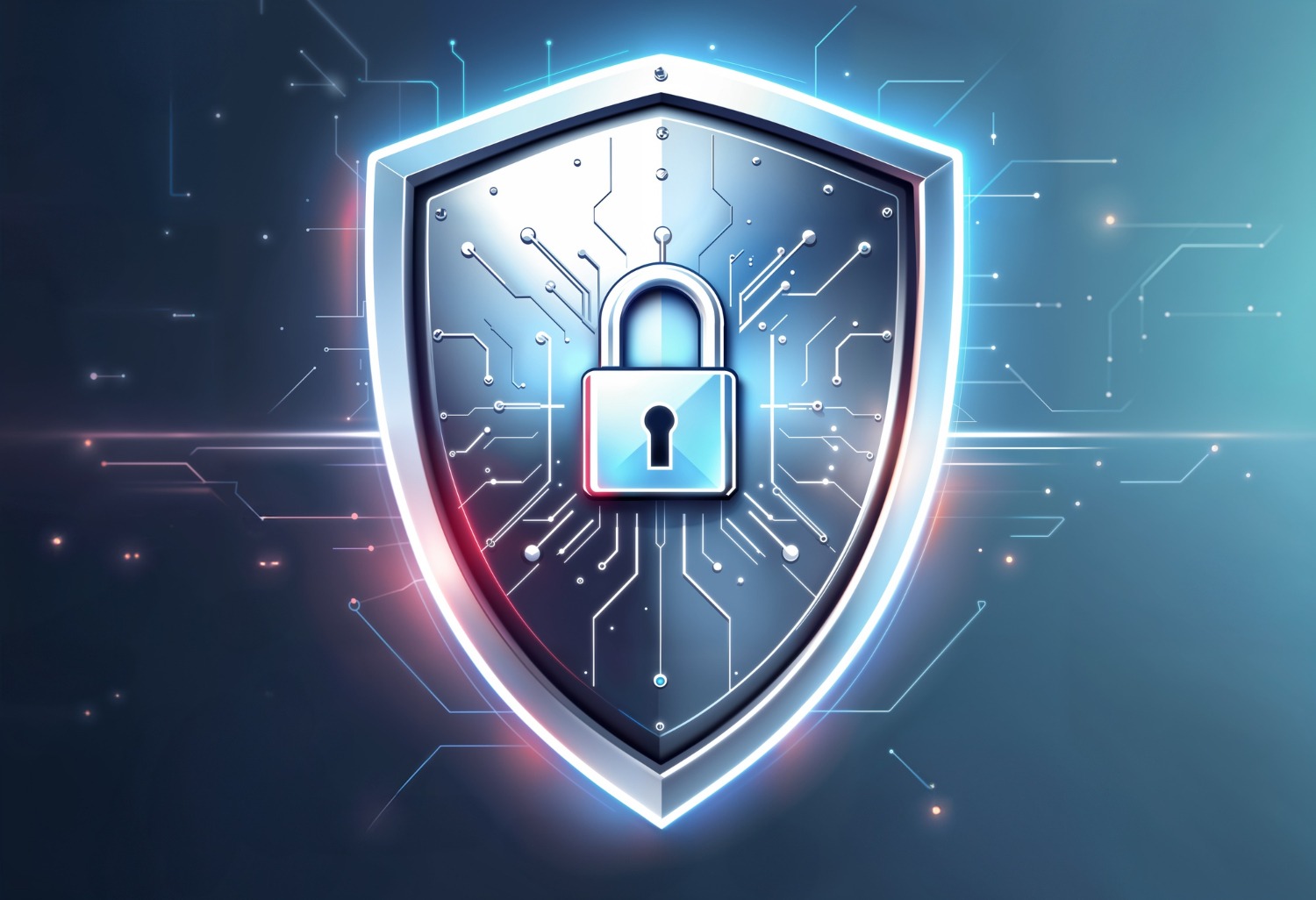Why is Cybersecurity Important in Today’s Digital World?
Cyber threats are evolving rapidly, and without proper protection, sensitive information, financial assets, and critical infrastructure are at risk. With cybercriminals employing more sophisticated techniques to exploit vulnerabilities, the consequences of a successful attack can be devastating—ranging from financial losses and reputational damage to severe disruptions in operations. For businesses, safeguarding sensitive information such as customer data and intellectual property is paramount not only for compliance but also for maintaining trust with stakeholders.
This article explores the importance of cybersecurity, the risks of cyber threats, and best practices to safeguard digital assets.
Understanding Cybersecurity
Cybersecurity refers to the practice of protecting systems, networks, and data from cyber threats, including hacking, malware, ransomware, and data breaches. It encompasses a wide range of security measures, including encryption, firewalls, multi-factor authentication (MFA), and security awareness training.
Why Cybersecurity Matters in the Digital Age
1. Protection Against Cyber Attacks
Cyber attacks are increasing in frequency and sophistication. Hackers target businesses, government agencies, and individuals to steal sensitive data, disrupt operations, or demand ransom. Robust cybersecurity measures help prevent unauthorized access and mitigate potential damages.
2. Safeguarding Personal and Financial Information
With the rise of online banking, e-commerce, and digital transactions, personal and financial information is more vulnerable than ever. Cybersecurity protects sensitive data from fraud, identity theft, and unauthorized access, ensuring privacy and financial security.
3. Ensuring Business Continuity
A cyber attack can cripple an organization’s operations, leading to significant financial and reputational losses. Cybersecurity measures such as regular backups, intrusion detection systems, and disaster recovery plans help businesses maintain continuity even in the face of cyber threats.
4. Compliance with Data Protection Regulations
Governments worldwide have established cybersecurity regulations to protect consumer data. Laws such as the General Data Protection Regulation (GDPR) and California Consumer Privacy Act (CCPA) require businesses to implement stringent security measures. Non-compliance can result in hefty fines and legal consequences.
5. Protecting Critical Infrastructure
Cybersecurity is crucial for safeguarding critical infrastructure, including power grids, healthcare systems, transportation networks, and financial institutions. Cyber attacks on these sectors can lead to severe disruptions, affecting millions of people and even national security.
6. Preventing Intellectual Property Theft
Businesses and research institutions invest heavily in innovation and intellectual property (IP). Cybercriminals and state-sponsored hackers often attempt to steal trade secrets, patents, and proprietary technology, impacting a company’s competitiveness and economic growth.
7. Reducing the Risk of Social Engineering Attacks
Cybercriminals use psychological manipulation techniques, such as phishing and impersonation, to trick individuals into revealing sensitive information. Cybersecurity awareness training helps users recognize and avoid falling victim to such scams.
Major Cyber Threats in Today’s Digital World
- Malware Attacks – Viruses, worms, and ransomware can compromise systems, steal data, or lock files until a ransom is paid.
- Phishing Scams – Fraudulent emails or messages trick users into providing sensitive information, such as login credentials or credit card details.
- DDoS Attacks – Distributed Denial-of-Service (DDoS) attacks overwhelm networks or websites, causing downtime and service disruptions.
- Zero-Day Exploits – Attackers exploit software vulnerabilities before developers can issue a patch.
- Insider Threats – Employees or business partners with malicious intent may leak sensitive data or compromise security.
- Man-in-the-Middle Attacks – Cybercriminals intercept communications between users and online services to steal data.
- AI-Powered Cyber Attacks – Attackers use artificial intelligence to automate hacking techniques and bypass security measures.
Best Practices for Strengthening Cybersecurity

- Use Strong Passwords and Multi-Factor Authentication (MFA) – Implement complex passwords and enable MFA for additional security layers.
- Regular Software Updates – Keep operating systems, applications, and antivirus software up to date to patch security vulnerabilities.
- Educate Employees and Users – Conduct cybersecurity awareness training to help users recognize and prevent cyber threats.
- Implement Firewalls and Encryption – Secure networks and data transmissions using firewalls and encryption protocols.
- Backup Data Regularly – Maintain secure backups to restore critical data in case of cyber incidents.
- Monitor Network Activity – Use intrusion detection and prevention systems to identify and respond to suspicious activity.
- Limit Access Privileges – Implement the principle of least privilege (PoLP) to restrict access to critical systems and data.
The Future of Cybersecurity
As technology evolves, cybersecurity must also adapt to emerging threats. Innovations like artificial intelligence (AI), blockchain, and quantum computing are shaping the future of cybersecurity, enhancing threat detection, data protection, and encryption techniques. Organizations must stay ahead of cybercriminals by continuously updating their security strategies.
Conclusion
In today’s interconnected world, cybersecurity is no longer optional—it is a necessity. Businesses, governments, and individuals must adopt robust cybersecurity measures to protect their digital assets, maintain privacy, and prevent cyber attacks. By staying informed and implementing best practices, we can create a safer digital environment for everyone.




